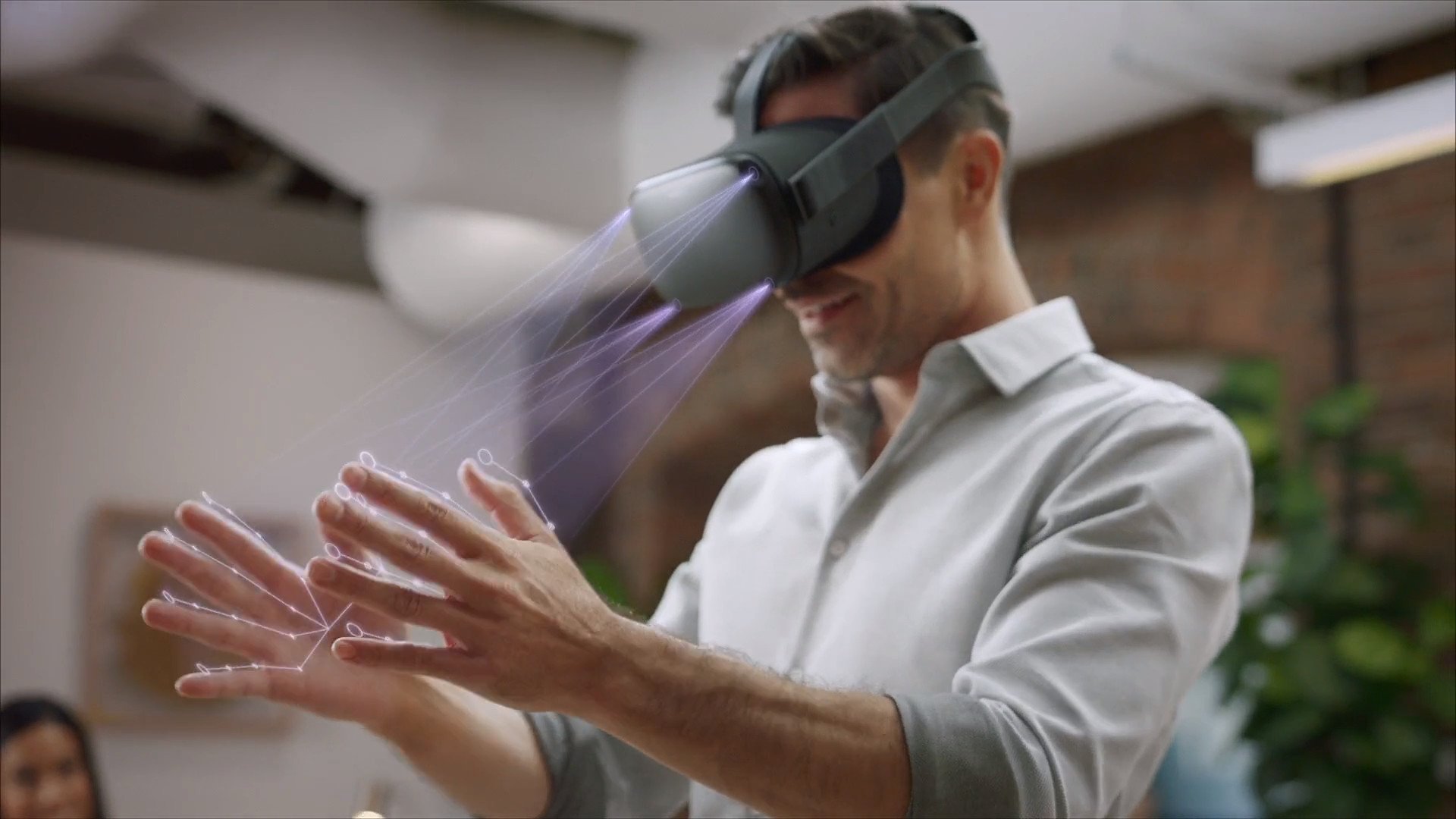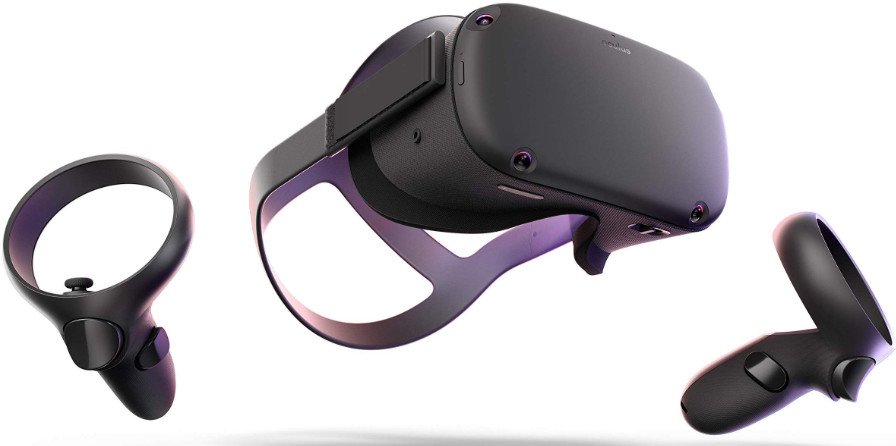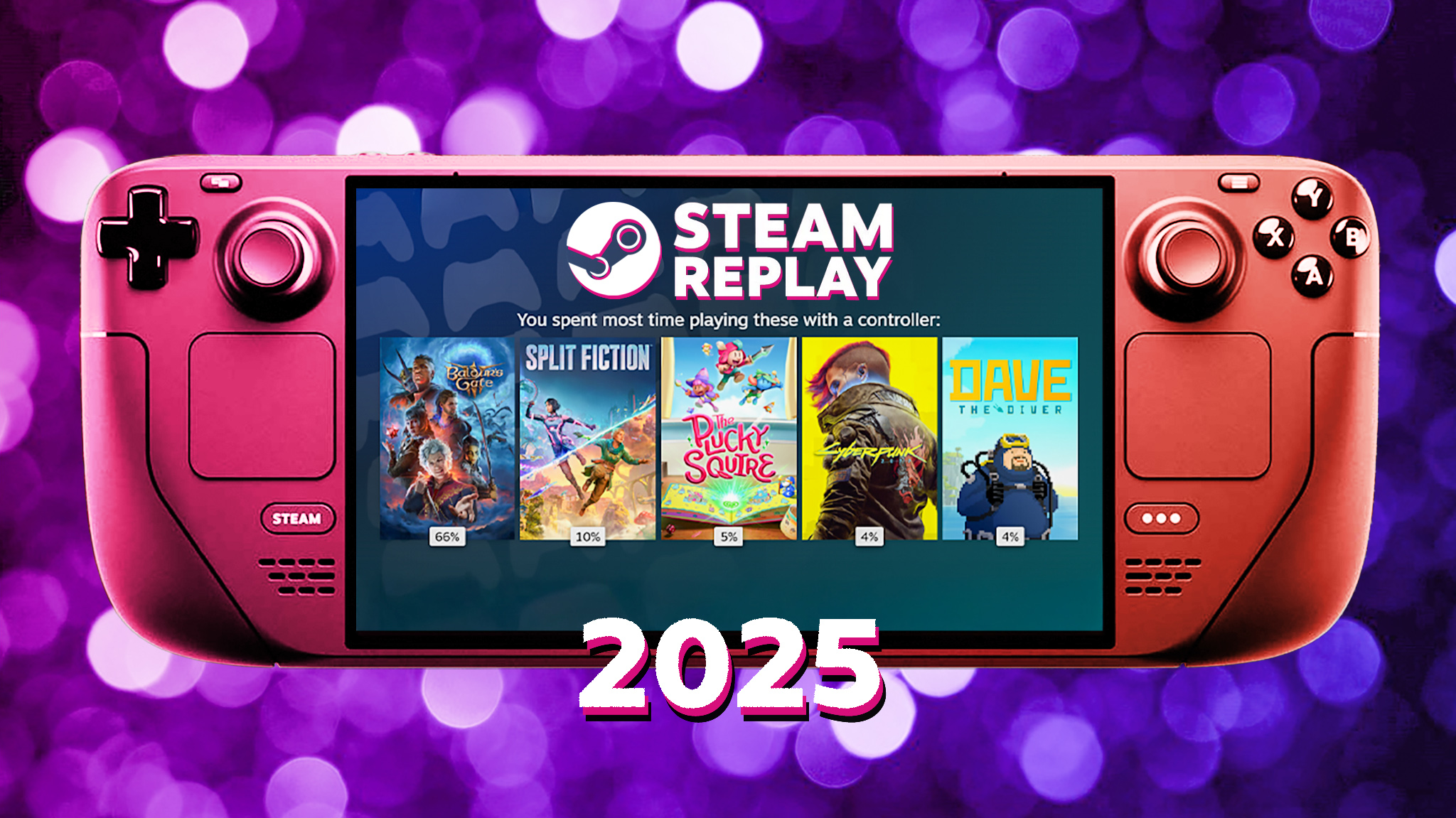Oculus Quest to get hand tracking to improve interaction in VR
Users will be able to control VR with their hands on the Oculus Quest.

What you need to know
- The Oculus Quest will have hand tracking to improve interaction with virtual reality.
- The new feature will roll out to users in the near future.
- Hand tracking will allow users to interact with games in a new way on the Oculus Quest.
Mark Zuckerberg announced at Oculus Connect 6 that the Oculus Quest will support hand tracking in the near future. This new feature will improve how players can interact with virtual reality.
Hand tracking is a highly anticipated feature for the Oculus Quest. It will allow users to interact with games and apps without requiring a controller. Additionally, it can be used in situations that are unique to a controller-free setup. Johnson & Johnson spoke at the Oculus Connect 6 keynote and showed that hand tracking can be used to train surgeons within virtual reality. The speaker highlighted a study by Imperial College London that illustrated that hand tracking surgery training was significantly more successful than traditional teaching methods.
When it comes to gaming and using apps, hand tracking will allow users to have a more natural form of interation with virtual reality and also lowers the learning curve of the Oculus Quest for experiences that support hand tracking.
All the latest news, reviews, and guides for Windows and Xbox diehards.

Sean Endicott is a tech journalist at Windows Central, specializing in Windows, Microsoft software, AI, and PCs. He's covered major launches, from Windows 10 and 11 to the rise of AI tools like ChatGPT. Sean's journey began with the Lumia 930, leading to strong ties with app developers. Outside writing, he coaches American football, utilizing Microsoft services to manage his team. He studied broadcast journalism at Nottingham Trent University and is active on X @SeanEndicott_ and Threads @sean_endicott_.


